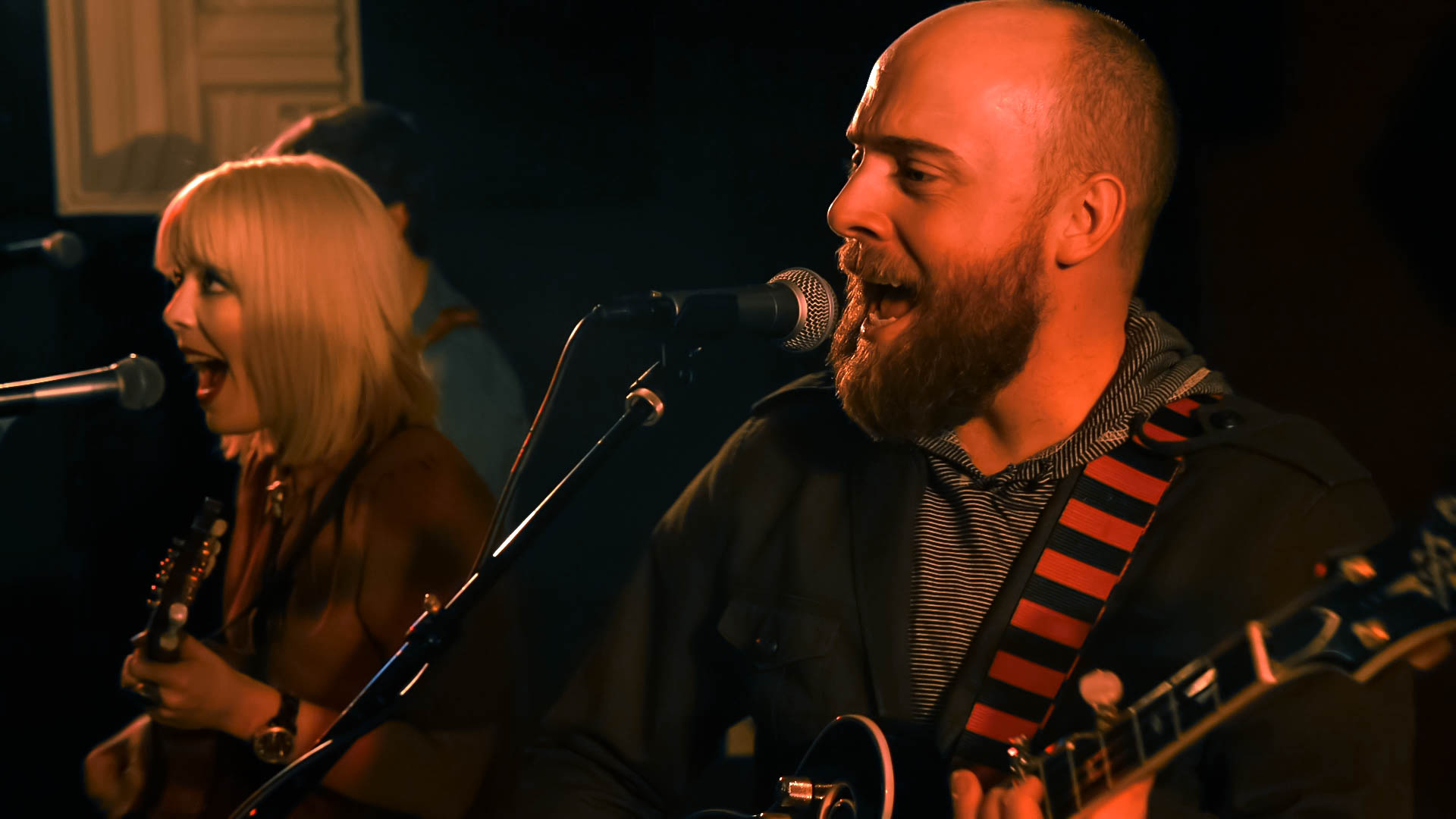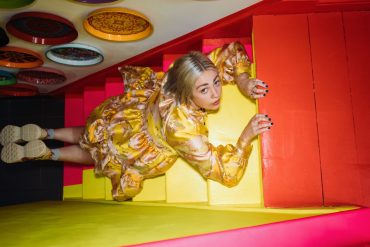In the first few seconds, we see pieces of broken rocks tumble, and then, after a flash of black, we see a pair of hands digging into the crackling earth to yank out a delicate, lone sunflower. We experience both the natural movements of the world, and its contrast, the purposeful movements of the human. Some may refuse to consider the natural movements of the world “dance movements.” But those movements are another form of dance. They too have order, structure, and meaning, but instead of choreographers giving them these qualities, they already innately and naturally have their own form. Film simply captures and highlights those moments to provide us with an immersive experience. Simple, natural movements gradually progress into more expansive and purposeful movements, all of which contribute to the story and meaning in Cinética.
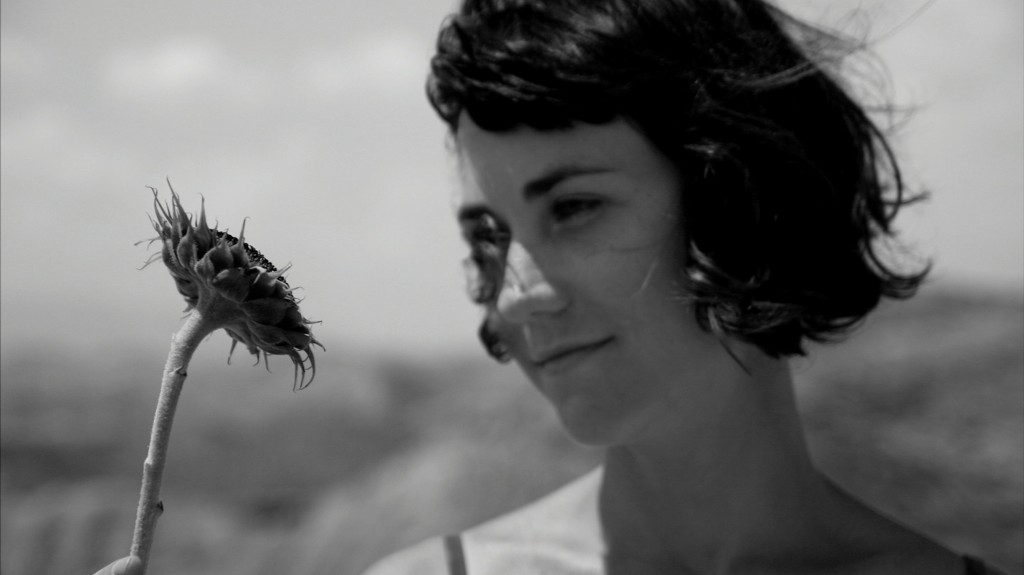
Cinética was produced in 2009 by La Ignorancia and directed by Ana Cembrero Coca, and it continues to tour the world years after its release. It has been recently featured in the Avayava Contemporary Dance Festival, India, this past April. This 27 minute film features four dancers as they interact with both their surroundings and with each other, illustrating “the ambiguity of a real and imaginary world, where [they] inhabit, search, dance, fight or play, without separating what is lived and what is dreamed.” The dance film illustrates the women’s emotional journeys through the use of ordinary, yet beautiful movements.
The camera captures moments of movement (not always the dancers’ movements), which highlight the dancers’ thoughts and emotions. The film doesn’t just capture dance movements, but rather everyday movements of objects, organic gestures, and the world surrounding us. These are mundane, yet comforting movements that we hardly take notice of – from the simplest movements of pieces of hair movement against the wind, to rocks tumbling quietly, water dripping infinitely, to the stillness of the breathtaking landscape. Cinética explicitly shows us that these moments are intriguing when viewed from various angles and distances, allowing us to see how small we are despite how grand we deem ourselves and our struggles to be. Therefore, in contrast to the images of nature, we are shown more structured and constructed images – images of women tumbling on the floor, hanging off chairs, falling into the sand. The choreographed movements in synchronized sequences, in partnering work or in floor work illustrate the explicit physical, emotional, and mental struggles that humans regularly encounter. Cinética illustrates the women as mysterious, dangerous, and full of strength, yet also with beauty, grace, femininity and vulnerability.
I especially enjoyed the filmmaking choices made in Cinética. The cuts, jumping from location to location was a creative choice that made sense – confusing us again about which location is imagined, and where these dancers are in reality. The choice of angles gives this film interesting aesthetics — it focuses on interesting shapes and patterns that the dancers create. I was particularly drawn to the extreme high angle shots, which gave the bird’s eye view of the dancers as they created interesting shapes and patterns along the floor. This is one perspective that we will almost never get to see in a live performance –it is only accessible through the focus of a camera. The use of black and white in this film also gives a beautiful effect. They render the real and the imagined the same, creating stimulating, new perspectives without the distraction of color.
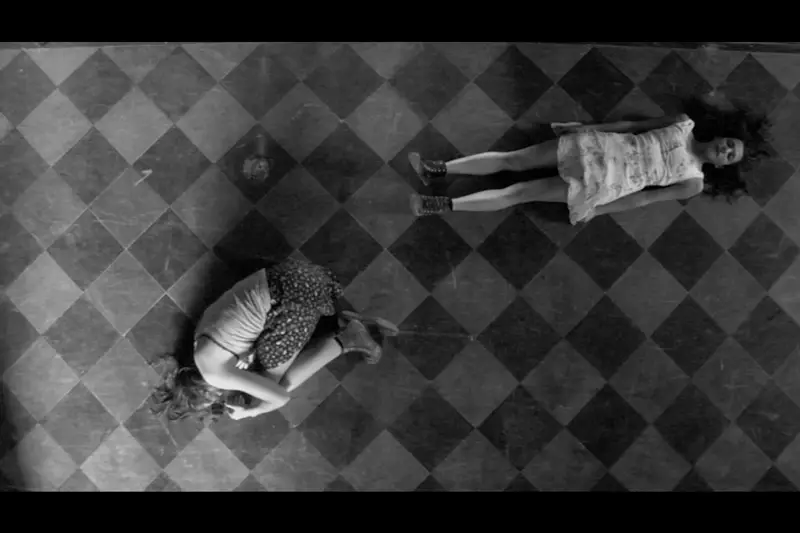
The serene and calming music acts as the background instead of the force that drives the movement, allowing the audience to focus almost entirely on the movements themselves. We are completely absorbed into the film’s world, but as soon as the musical accompaniment quiets down to silence, we notice its absence. We are left with everyday surrounding noises, which suddenly jut us back to reality. These ordinary sounds intensify. The sounds of breath and water dripping create a percussive rhythm that takes control and initiates the dance movement. Abrupt moments of silence then startle us, creating a moment of tension before the gentle music resumes again. The switching of the sounds effectively pull us in and out of two different worlds to the point where we don’t quite know which is real.
We experience a dream-like state because of the use of opposing ideas within the film: reality vs. imagination, dark vs. light, orchestrated sounds vs. natural sounds, intentional movement vs. natural movement, and fast vs. slow cuts. These dichotomies challenge our perception of reality, blurring the line of what goes on in the mind vs. what occurs in our physical world. It reveals that we actually have a tenuous grip on reality. It makes us feel uncomfortable. Dance film rejects the comfort, order, and a coherent timeline of a traditional live performance. Instead, it intentionally disorients us to closely inspect the chaotic world that we live in.
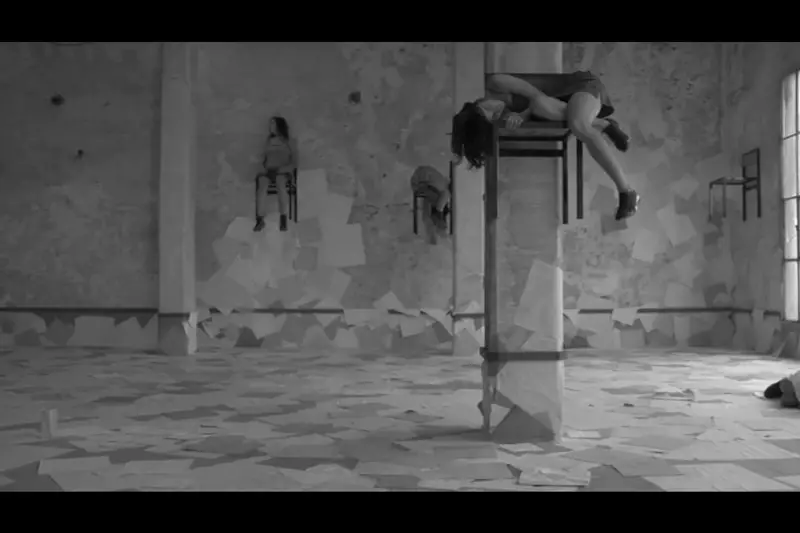
The view the film in entirety, please refer here.





